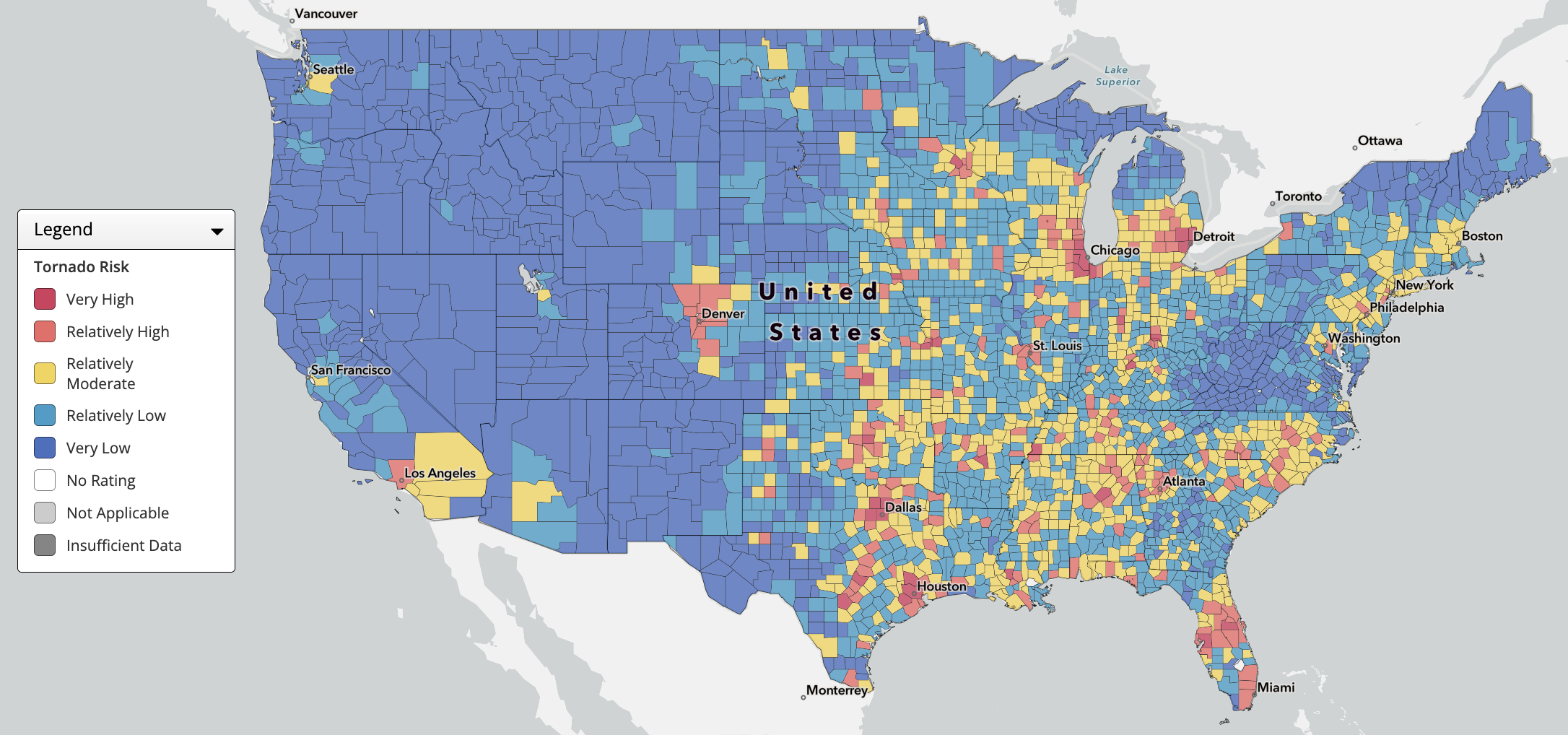Emergency plan training is required by OSHA as a way for employees to understand what they should do when a tornado or other severe weather looms. Under OSHA regulations, certain employees must be designated to help with evacuation.
“Who’s grabbing the first-aid kit?” Welch says. “Who’s grabbing the AED? Who’s grabbing some water?”
Employers must also have an alarm system that alerts all employees to an emergency. “Whatever it is, even if it’s three loud blasts of an air horn, that means a tornado and let’s get into the shelter,” he says. “That’s why you do the training.”
Business Continuity Planning: Minimizing Operational Disruption
Tornadoes are incredible forces of nature. They rotate at wind speeds of 65 to 200-plus mph and travel up to 60 mph along the ground, leaving a wake of destruction in their path. Entire buildings can be decimated.
If your business is affected, will you be able to recover? You’d be bucking the trend—according to the U.S. Small Business Administration, 9 in 10 businesses fail within two years of being hit by a disaster.
Employers with a business continuity plan, on the other hand, have procedures in place for minimizing operational disruption.
An effective continuity plan prioritizes business functions with the highest financial impact, identifies the resources needed to cover those critical functions, communicates the plan companywide, and is reviewed periodically and adjusted as needs change.
Post-Tornado Recovery: Managing Insurance and Cost Control
Before you get into an emergency situation, make sure that you have insurance and you understand what it covers. “Does your insurance pay for repair, rebuild, losses?” Welch says. “All of those type of things you would want to look at in your insurance plan.”
Read more: Severe Weather Preparedness for the Workplace
Welch says emergency response companies can manage the storm repair at your site and ensure a safe working environment. “They come in, they clean everything up, even if it’s hazardous material,” he says. “So, do you have someone you can contact?”
Tornadoes can knock out power lines, essentially stopping all work even if your facility isn’t otherwise damaged. “You need lights, you need ventilation, you need electrical power,” Welch says. “If you want to keep the business going, and if the power’s gone, do you have generators?”
If equipment is minimally damaged, do you have repair parts or spare equipment to get the machines up and running?
“Do you have a spare building that you could possibly move some of the work to?” Welch says, offering one solution. “Maybe it’s a warehouse that’s a mile down the road that didn’t get hit. Can you move some of the equipment and continue manufacturing?”
The tornado-struck manufacturers that Welch encountered as a firefighter years ago certainly took steps like these, as he explains.
“Yes, there was loss from damages—that’s why you’ve got insurance. But there was no loss of life,” he says. “They cleared the debris off to make sure it was a safe working environment. They were able to put a temporary tarp over the roof. They got a generator in there and they were able to continue manufacturing.”
Does your company have an emergency plan for tornadoes? Tell us about it in the comments below.




Talk to Us!
Leave a reply
Your email address will not be published. Required fields are marked *